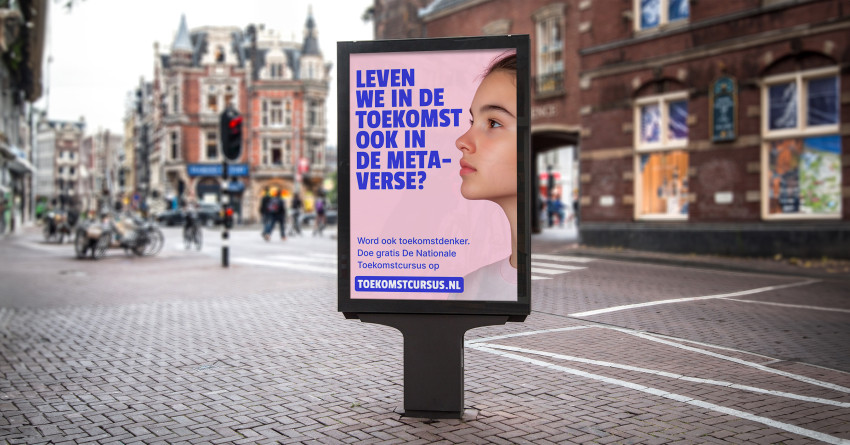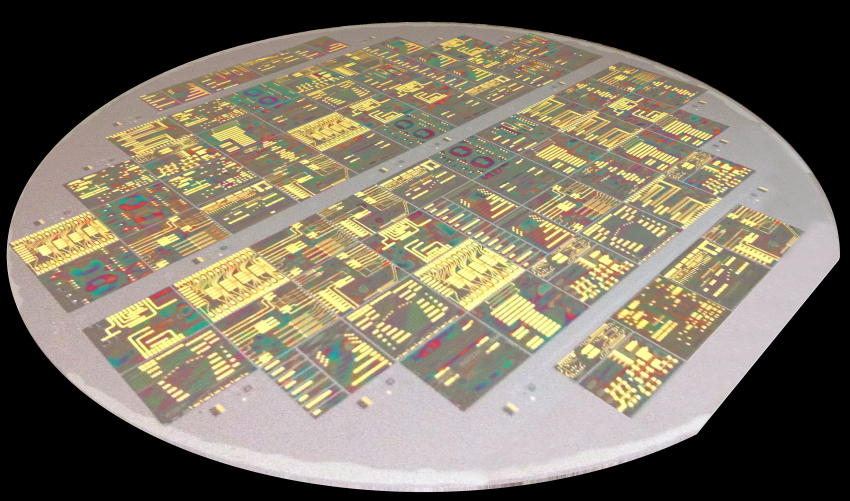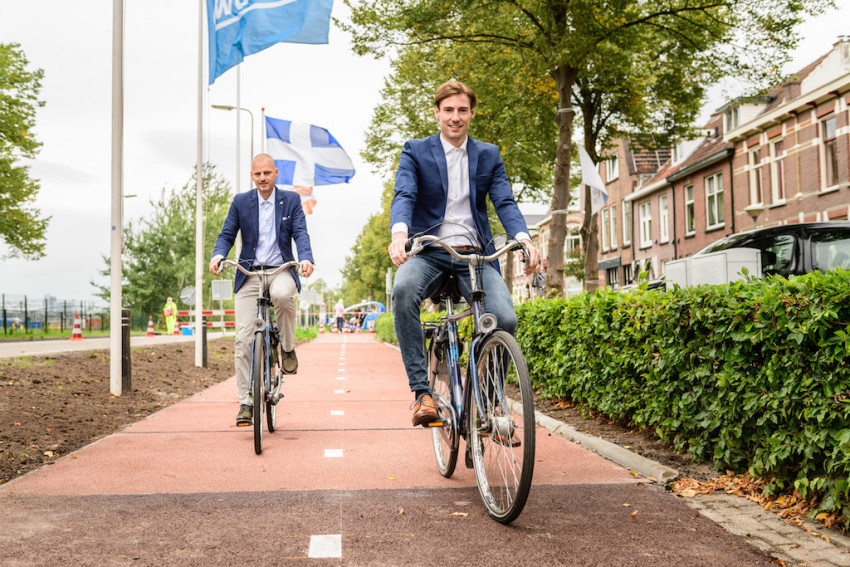
First plastic road opened
The world’s first Plastic Road has been opened on Tuesday to users in Zwolle, the Netherlands. A new cycle path has been constructed from prefabricated hollow plastic elements, which incorporate space for pipes and drainage tubes.
The idea for the Plastic Road dates back to 2013, when two young employees at road builder KWS launched the idea of a road made of hollow recycled plastic elements. This would serve two purposes: the hollow spaces in the road could be used for extra pipes, and the elements could be made from recycled plastic. A potential additional advantage is that constructing a new road takes a lot less time using prefab elements.
After a lot of development work with partners Wavin and Total, the first Plastic Road is now a reality (press release). 'It's great to see it for real, after so many years of development, and it’s a very special experience to cycle over it,' says Anne Koudstaal of KWS (in the opening photo on the right), who created the Plastic Road together with colleague Simon Jorritsma (in the opening photo on the left).
POLYPROPYLENE
In Zwolle, 11 elements each measuring 3 metres by 2.4 metres were laid against each other to create a section of cycle path more than 30 metres long. The elements, which are made of recycled polypropylene, are assembled in a factory, and attached to each other with click profiles when laid. Koudstaal: 'Before the road was constructed, I was worried about how comfortable it would be to cycle on, and if cyclists would feel the connections. However, it’s not bad at all, and feels really smooth.' Each element has a protruding part attached to its base. This is covered with earth, and keeps the element in place during heavy rainfall.
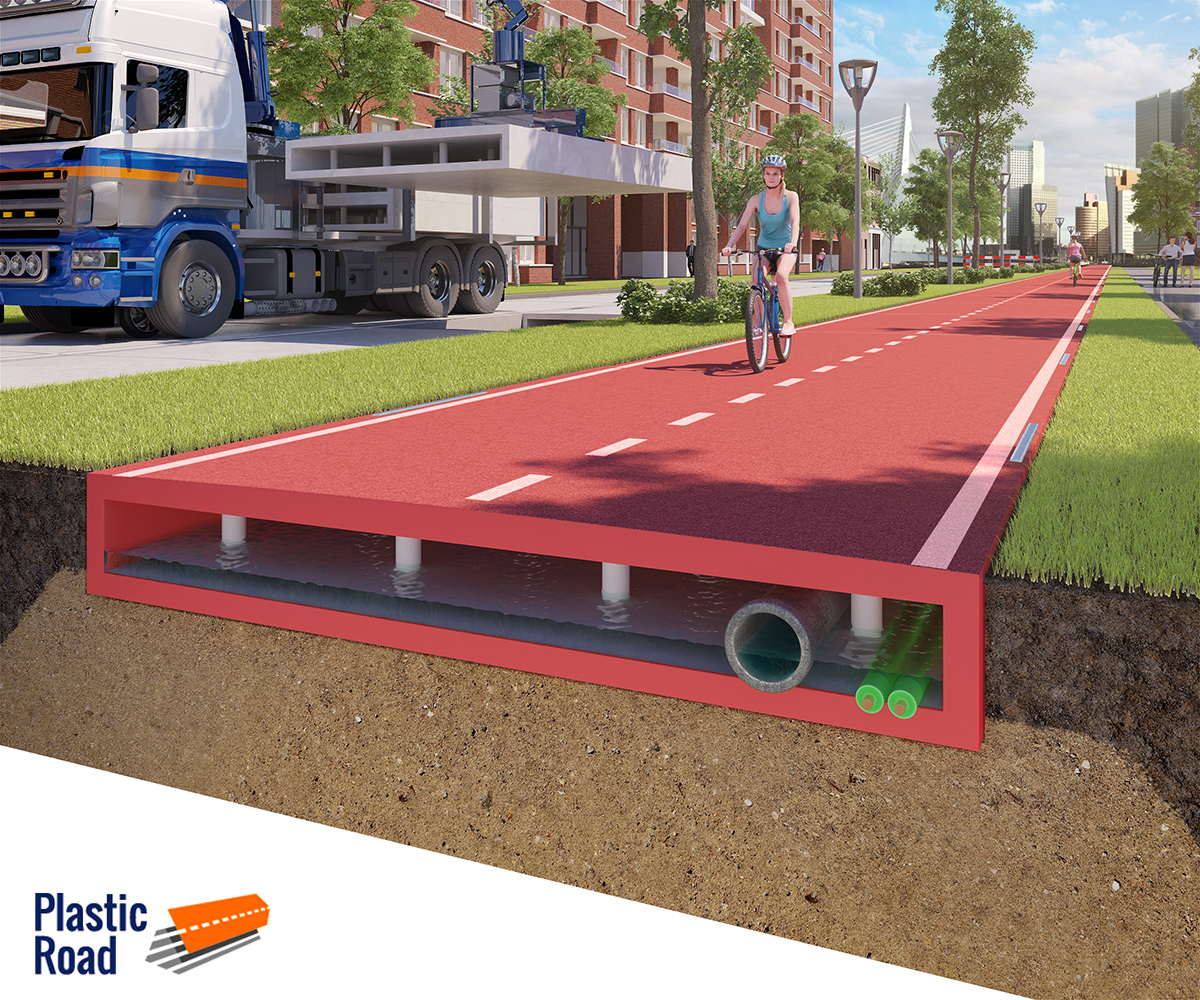
CIRCULAR ECONOMY
The Plastic Road is made from recycled polypropylene, provided by partner Total. Circularity was an important aspect for the makers. A material passport has been drawn up for the pavement elements, which records the materials they contain and the purpose for which they can be used when the road reaches the end of its service life.
Is there a risk that rain will cause certain components in the plastic to end up in the soil? 'We’ve been looking at this aspect carefully, because it’s something we obviously want to avoid. Our partner Wavin has many years of experience in using recycled plastics in the soil. All our materials have been tested, and they comply with the standards,' says Koudstaal.
The surface of the cycle path is finished with a tough layer of epoxy resin with stone chips. The makers expect that this layer will no longer be needed in the future, and that the polypropylene itself can be made less smooth by giving it a rough structure.
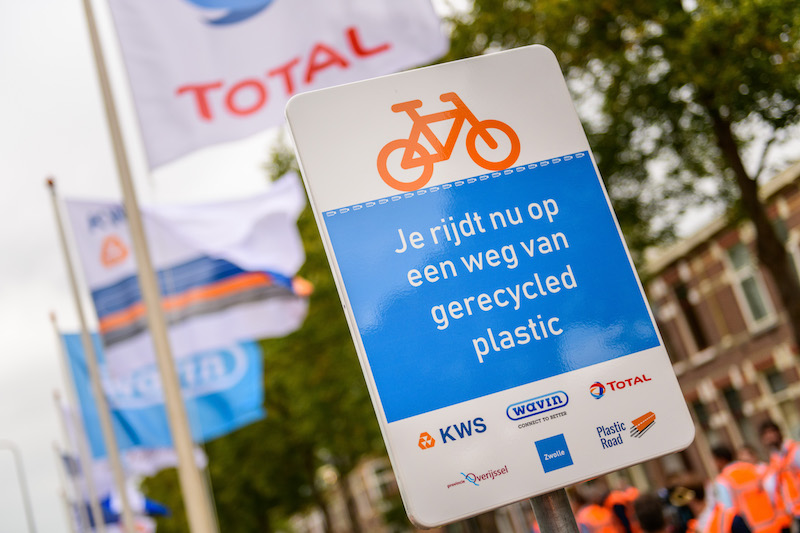
RAINWATER
The cycle path has a narrow gutter on one side for draining rainwater. Water collected in this gutter is first filtered, and then guided to the hollow space under the road. From here, it can seep into the soil through the bottom of the element. 'It's like a giant colander,' says Koudstaal. Unlike a cycle path made of slabs or asphalt, the Plastic Road does not function as a paved surface. Even better: if it rains a lot, each element actually functions as a water buffer. Each square metre of road surface can hold 300 litres of water.
The plastic cycle path in Zwolle is intended as a trial, which will take five years. Lots of properties of the plastic have already been tested, but it remains to be seen how the elements react to being left outside 24 hours a day with cyclists and scooters riding over them. One of the elements has been fitted with sensors, which will record things like temperature, the number of passing cyclists and scooters, and the load on the cycle path. The next stretch of Plastic Road, which will be constructed in Giethoorn in two or three months time, is a more severe test, as the soil there is more sensitive to subsidence. Koudstaal: 'How will our Plastic Road hold up in those conditions? We can’t wait to find out!'
If you found this article interesting, subscribe for free to our weekly newsletter!
Photos: Plastic Road


